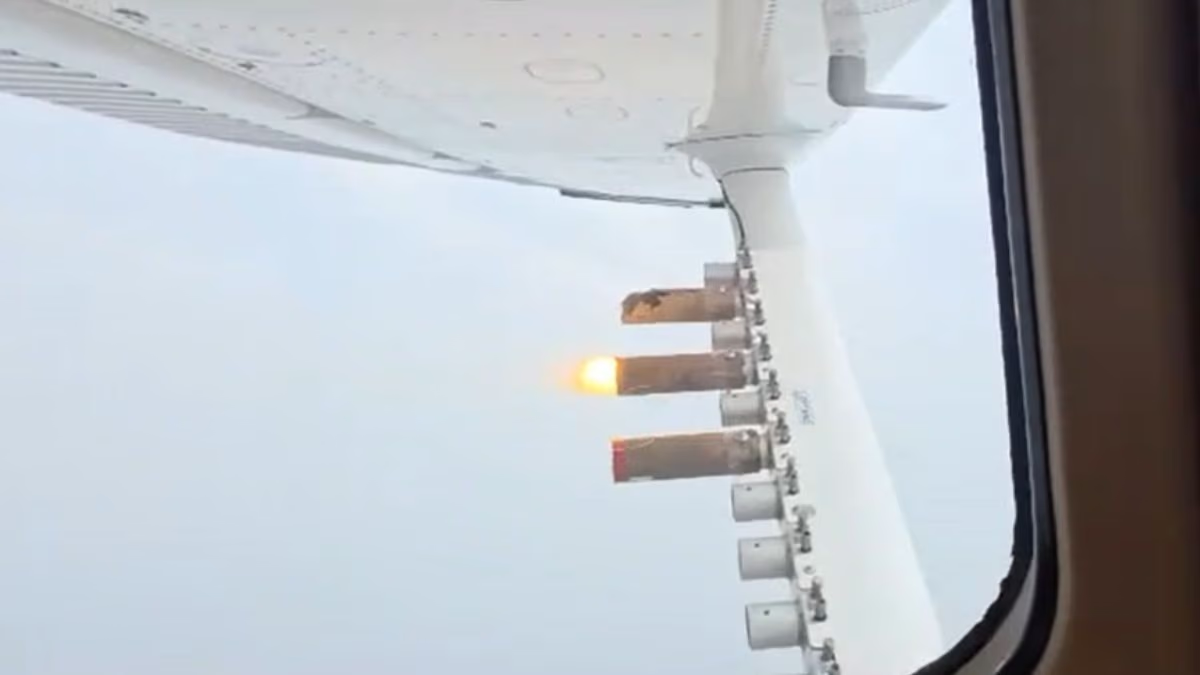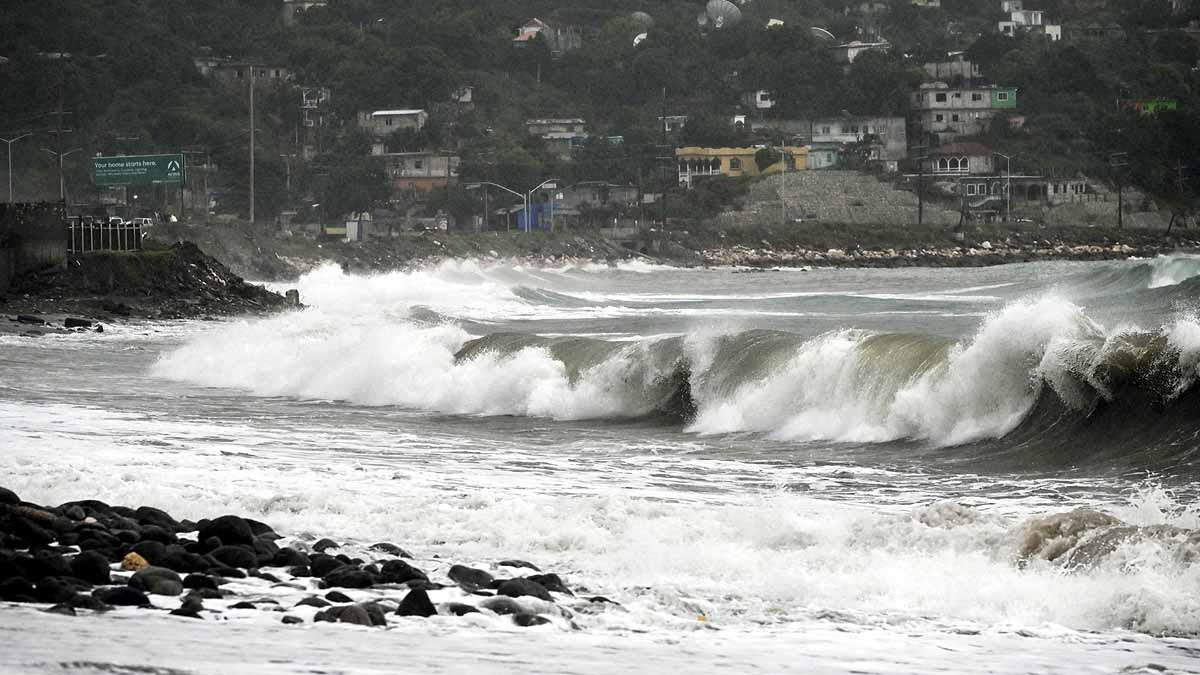The capital city of Delhi continues to battle heavy pollution, prompting the government to consider artificial rain as a last-ditch solution. However, meteorologists warn that the timing for cloud seeding is not ideal.
Dr. Akshay Deoras, a research scientist from the National Centre for Atmospheric Science, University of Reading (UK), shares that cloud seeding can induce rain from clouds that already contain sufficient moisture. According to Dr. Deoras, it cannot conjure rain from clear skies.
In this process, potentially rain-bearing clouds are identified. Aircraft then release chemicals such as silver iodide, sodium chloride, or calcium chloride into these clouds to facilitate the condensation of water vapor into rain droplets.
When is the Process Effective?
Dr. Deoras explains that cloud seeding can work with three types of clouds: those warm clouds close to the ground, deep clouds which may develop into storm clouds, and high-altitude cold clouds. It is effective only if there is ample atmospheric moisture and vertical cloud development.
The ideal scenario arises when the atmosphere is richly moist, and clouds are naturally maturing to bring rainfall, much like during the post-monsoon western disturbances over Delhi-NCR.
'Conditions Are Not Right at Present'
Currently, Delhi-NCR lacks sufficient moisture. While clouds are visible, they are not conducive to rain. Not every cloud is suitable for cloud seeding. Dr. Deoras emphasizes that seeding should occur during winters only if rain clouds are present with western disturbances, or else it may be futile.
While the Delhi government views artificial rain as a pollution relief strategy, meteorologists advise that, under current conditions, cloud seeding is neither scientifically accurate nor effective.
Insights from IIT Kanpur's Report
IIT Kanpur provided a report indicating that the climatic conditions were not wholly favorable, despite cloud seeding occurring twice. The report states that external agencies recommended the timing between October 27 afternoon to October 29 afternoon as moderately suitable for the operation. However, the anticipated moisture from IMD and other agencies was only between 10–15%, inadequate for effective cloud seeding according to scientists.
Two Flights, Two-Hour Operation Window
First Flight:
Takeoff from IIT Kanpur at 12:13 PM, landing in Meerut at 2:30 PM.
A total of 3–4 kilograms of seeding material was dispersed into the air.
Second Flight:
The aircraft departed from Meerut airstrip at 3:45 PM and landed at 4:45 PM.
About 4 kilograms of seeding material was utilized.
The route mirrored the previous operation.
How Much Did Pollution Decrease?
Post-seeding, some reduction in pollution levels was noted. After the first seeding, PM2.5 declined by 6–10% and PM10 dropped by 14–21%. Following the second seeding, PM2.5 saw a decrease of 1–4%, and PM10 by 14–15%. The report suggests that the limited improvement was likely due to particulate settling aided by increased moisture, not actual rainfall.
How Improved Was Air Quality?
Before cloud seeding, PM2.5 levels in Mayur Vihar, Karol Bagh, and Burari were 221, 230, and 229 respectively, but dropped to 207, 206, and 203 accordingly after the first seeding. Similarly, PM10 levels were initially 207, 206, and 209, decreasing to 177, 163, and 177 in Mayur Vihar, Karol Bagh, and Burari.
Rainfall Resulted in Merely 0.1 mm!
According to the report, only 0.1 mm of light drizzle was recorded at 4 PM in Noida, marking a negligible rain impact.
Future Considerations
Soil samples were collected post-cloud seeding from three areas: Mayur Vihar, Karol Bagh (from two depths, three sites), and Burari (four sites). No immediate harmful chemical effects were reported. Even so, the IIT Kanpur report concludes that cloud seeding was limited in its impact given the low atmospheric moisture, yet it helped some in particulate settling. The report advises undertaking seeding only when moisture levels exceed 60% and rain clouds are matured.
It should be noted that recent attempts of artificial rain in Delhi proved inconclusive. Officials had claimed rainfall could begin within 15 minutes to 4 hours post-seeding, but even after hours, clear skies prevailed with no rainfall reports across the capital.
Political Winds Sweep Over Failed Rain Attempt
AAP leader Saurabh Bhardwaj raised concerns over the Delhi government's trial through a video, stating, 'Rain is elusive, with no trace of artificial seeding. They must have thought God Indra would facilitate the rain — the government shows the expense.' He continued, 'Even the gods are not aiding the government. Although a brief rainfall was witnessed last evening, the remaining clouds have vanished.'
Trial Conducted in Delhi
Today, a cloud seeding trial was conducted in Delhi, marking the third attempt. IIT Kanpur’s Cessna aircraft took off from Meerut for the trial over areas like Khekra, Burari, North Karol Bagh, Mayur Vihar, Sadakpur, and Bhojpur. During this operation, 8 cloud seeding flares were deployed using pyrotechnics.

Source: aajtak
IMD's Approval Led to Cloud Seeding
Cloud seeding was carried out after getting approvals from the Indian Meteorological Department (IMD) and the Delhi Government’s Department of Environment. This marks the first comprehensive artificial rain attempt in the capital.
Cloud Seeding Amidst Heightened Pollution
This effort comes amid a dangerous spike in air pollution post-Diwali and an increase in straw burning in neighboring states with the onset of winter.
Today’s AQI in Delhi
Tuesday morning in Delhi revealed citizens waking up to dense fog and clouds, with an Air Quality Index (AQI) at 305, slotted in the 'very poor' category. Data from the Central Pollution Control Board (CPCB) showed similar readings across 27 of the city's 38 monitoring stations.
3.21 Crore Rupees for 5 Trials
Officials announced that the cloud seeding tests are part of a comprehensive winter pollution control strategy, conducted in stages. In May this year, the Delhi cabinet approved five trials at a total cost of 3.21 crore rupees.
The trials stretched across multiple deadlines due to recurring bad weather—from end-May to June, August, September, and mid-October—until this week's eventual trial execution.
The Science Behind Cloud Seeding
Cloud seeding involves the scientific process of artificially inducing rain from clouds. Meteorologists identify clouds with sufficient moisture that are incapable of naturally raining. Aircraft or drones, like the Cessna, are dispatched to these clouds, releasing chemicals like silver iodide, sodium chloride, or potassium iodide as flares. These substances attract water vapor within clouds converting them into small water droplets, which, upon becoming heavy, fall as rain.
The results of cloud seeding can appear within 15 minutes to 4 hours, depending on the weather and cloud characteristics. The main objectives are reducing pollution, providing artificial rainfall in drought-prone areas, and assisting agricultural regions. However, not all clouds are suitable for this technology, and sometimes the effect is limited. Scientists are exploring its environmental impacts, but this technique is seen as a promising solution for cities grappling with urban pollution.




